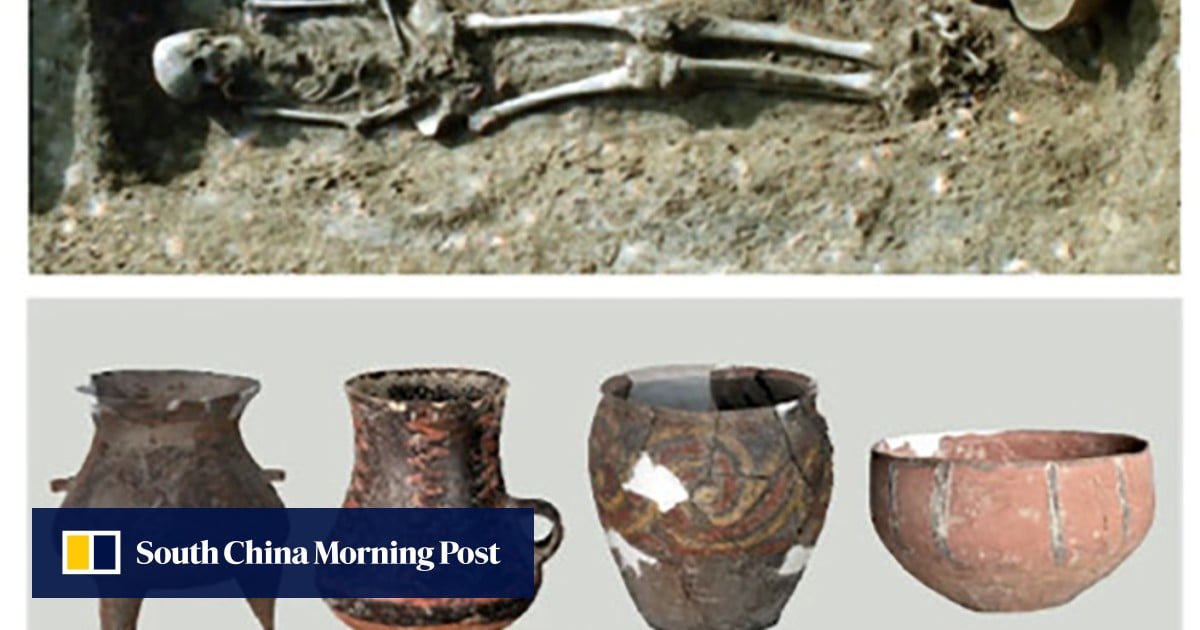Negative
22Serious
Neutral
Optimistic
Positive
- Total News Sources
- 1
- Left
- 0
- Center
- 1
- Right
- 0
- Unrated
- 0
- Last Updated
- 22 days ago
- Bias Distribution
- 100% Center


Chinese Scientists Confirm Prehistoric Matrilineal Society in Shandong
Chinese scientists have discovered the world's earliest known prehistoric matrilineal society at the Fujia archaeological site in Shandong province, dating back to between 2750 BC and 2500 BC. This Neolithic community, associated with the Dawenkou culture, was organized around maternal lineage, challenging previous beliefs that early societies were primarily patrilineal. The study, published in Nature, analyzed DNA from 60 individuals across two cemeteries, finding distinct mitochondrial DNA haplogroups indicating two maternal clans linked by marriage and strict matrilineal burial practices sustained for over 250 years. The findings also suggest this society practiced millet agriculture and demonstrated strong social cohesion through endogamy and clan-based identity. Prior to this discovery, genetic evidence of matrilineal societies was limited to much later periods, such as the Iron Age in Europe and the Chaco Canyon dynasty in North America. This breakthrough provides new insights into early human social organization, highlighting the diversity of lineage systems in prehistoric times.

- Total News Sources
- 1
- Left
- 0
- Center
- 1
- Right
- 0
- Unrated
- 0
- Last Updated
- 22 days ago
- Bias Distribution
- 100% Center
Negative
22Serious
Neutral
Optimistic
Positive
Related Topics
Stay in the know
Get the latest news, exclusive insights, and curated content delivered straight to your inbox.

Gift Subscriptions
The perfect gift for understanding
news from all angles.
